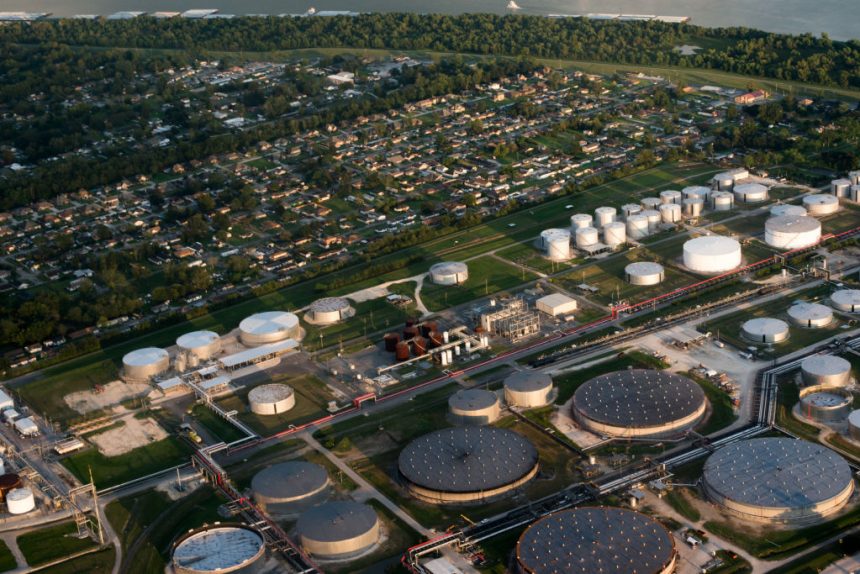The region known as “Cancer Alley” along the Mississippi River between New Orleans and Baton Rouge, Louisiana, has higher cancer rates due to industrial facilities emitting ethylene oxide, a known carcinogen. Recent studies have shown that ethylene oxide levels in the area are more than double the EPA’s acceptable threshold, with actual measurements surpassing modeled emissions. The excessive exposure poses significant health risks, making the need for regulating emissions critical. Researchers from Johns Hopkins University found ethylene oxide levels far exceeding safety limits, highlighting the urgency for tighter environmental regulations.
While the EPA has set exposure thresholds for ethylene oxide, actual measurements in Cancer Alley indicate levels above the thresholds pose a high risk of cancer. The study, funded by Bloomberg Philanthropies, emphasizes the need for more stringent monitoring and compliance to reduce toxic emissions. The new regulations aim to cut down ethylene oxide emissions from manufacturing and medical sterilization facilities by 80%, but local communities continue to face health risks until these measures are fully implemented.
Community advocates and environmental experts stress the importance of data-backed regulations and accountability to protect residents living in these high-risk areas. While the EPA’s efforts to regulate ethylene oxide emissions are crucial, further actions are needed to address the immediate health concerns of the people affected by industrial pollution in Cancer Alley. It is imperative that the data collected from air monitoring initiatives translate into tangible improvements in air quality and public health outcomes.






